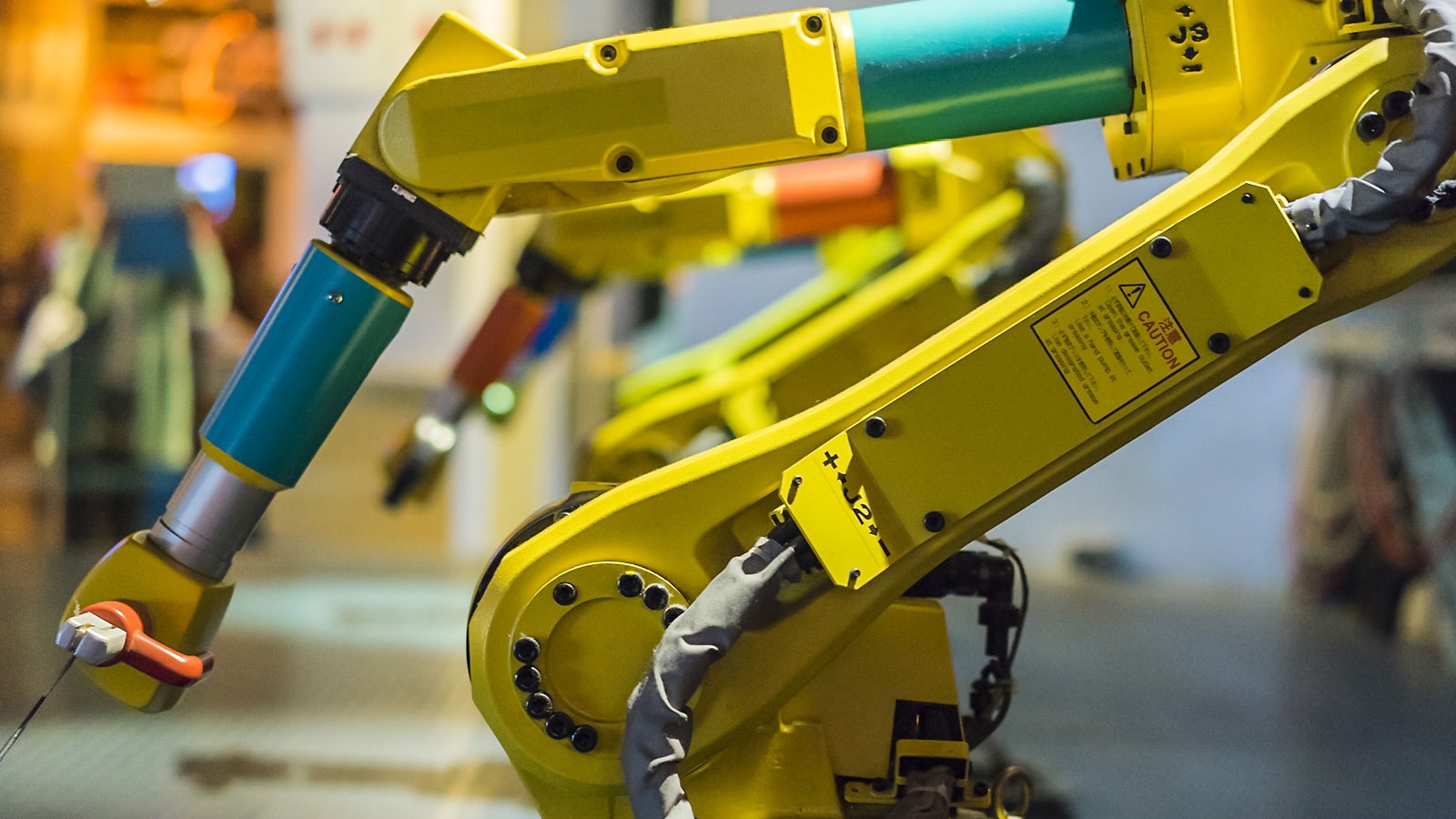{{item.title}}
{{item.text}}

{{item.title}}
{{item.text}}
The R&D Tax Incentive is a business assistance program administered by the Australian Government to encourage and support businesses to undertake R&D activities that they may not otherwise be willing to attempt.
For income years commencing on or after 1 July 2021, the R&D Tax Incentive provides the following tax offset:
The benefit is accompanied by a rigorous regulatory regime, with review and audit activity undertaken by the ATO and AusIndustry. Claimants need to focus on thorough eligibility assessment and substantiation of claims - PwC has an established methodology created specifically for this purpose.
We advise clients from nimble start-ups to established private businesses to iconic multi-nationals, and everything in between. In addition to supporting our clients with all aspects of claim compliance and preparation, we assist with reviews and audits associated with R&D Tax Incentive claims.
Learn more about your industry:
Have you thought about how the following could affect your R&D claim?
Do you have contemporaneous records to substantiate your R&D activities and expenditure?
Have you thought about how the following could affect your R&D claim?
Do you have contemporaneous records to substantiate all aspects of your R&D claim, including the expenditure and the R&D entity?
Have you thought about how the following affects your claim?
Do you have contemporaneous records to substantiate your R&D activities and expenditure?
Have you thought about how the following affects your R&D claim?
Do you have contemporaneous records to substantiate your R&D activities and expenditure?
Have you thought about how the following affects your R&D claim?
Do you have contemporaneous records to substantiate your R&D activities and expenditure?
Have you thought about how the following affects your claim?
Do you have contemporaneous records to substantiate your R&D claim and expenditure?
Sophia Varelas
PwC | Private | National Leader - R&D and Government Incentives, PwC Australia
Tel: +61 417 208 230





